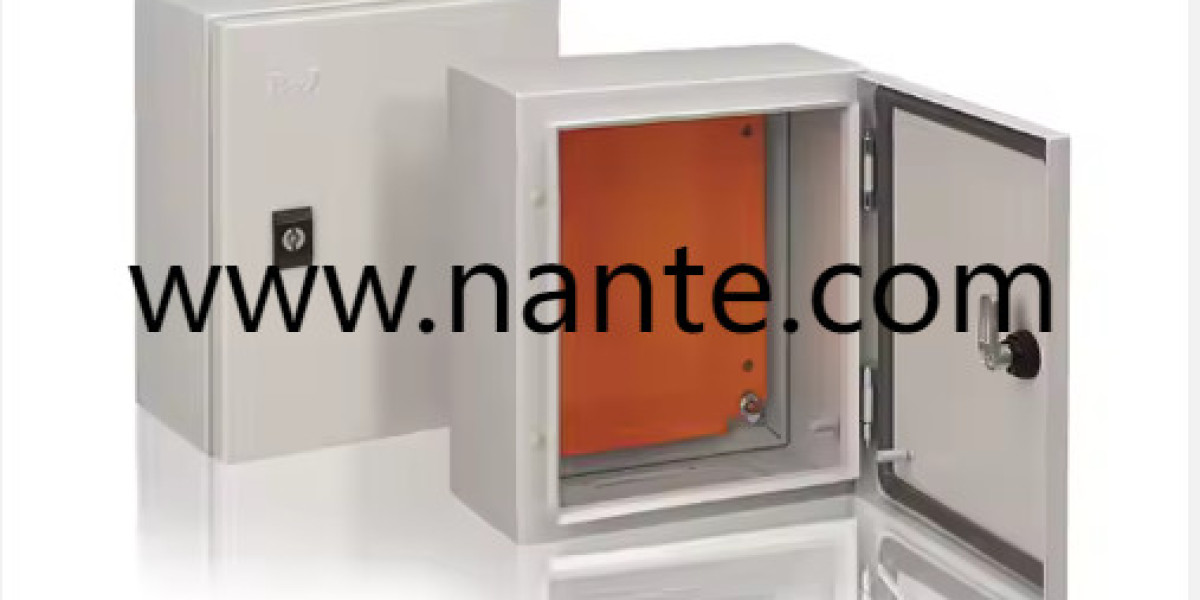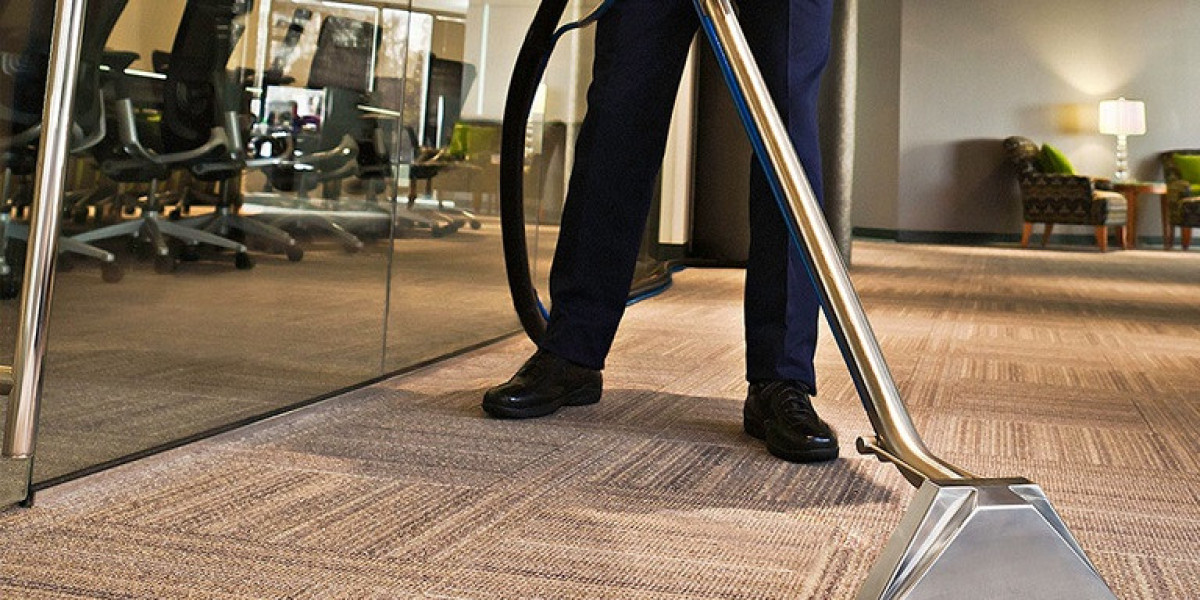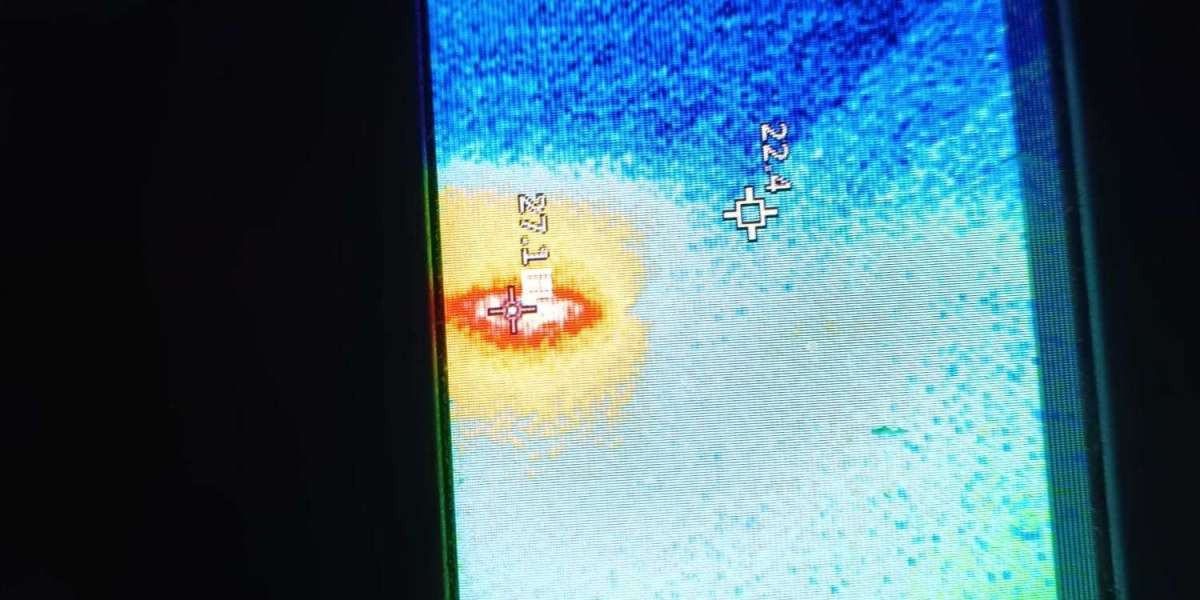Choosing the ideal outdoor electrical distribution panel is only half the journey; avoiding common missteps during setup ensures reliable performance and prolonged service life. One frequent error involves selecting a location without considering drainage paths or splash zones, which can allow water to pool against the enclosure. Proper site evaluation and slope management prevent moisture intrusion that leads to corrosion and internal faults.
Neglecting to secure the enclosure firmly to a solid foundation represents another pitfall. An improperly anchored distribution unit may shift under wind loads or seismic activity, stressing conduit entries and compromising gasket seals. Using anchors rated for outdoor use and following torque specifications ensures that the panel remains stationary, preserving the integrity of internal wiring and protective barriers.
Omitting weatherproof conduit fittings often results in gradual water ingress. Installers must choose compression connectors and transition couplings designed for exterior service, matching the panel's ingress protection rating. Skimping on these components or reusing indoor fittings creates weak points where moisture or pests can infiltrate, causing shorts and unexpected power interruptions.
Grounding and bonding deserve careful attention despite looking straightforward on blueprints. Failing to attach the panel to a robust grounding network increases the risk of electrical shock and hampers surge protection systems. All metallic parts, including enclosures and support structures, should tie into the local earth electrode through conductors that match or exceed the feeder size. Proper connections maintain a low resistance path for fault currents and stabilize voltage during transient events.
Overlooking load calculations can lead to undersized or oversized protective devices. Selecting breakers or fuses without verifying branch circuit demands risks nuisance trips or excessive thermal stress. Detailed demand analysis and coordination studies help engineers specify devices that operate within their intended performance curves, preserving both safety margins and equipment longevity.
Failing to apply continuous sealant around cutouts and accessory plates invites dust accumulation and insect nesting. While gaskets provide a first line of defense, a bead of exterior grade sealant around each interface creates a permanent barrier against fine particles and creeping critters. This proactive step reduces maintenance calls and prevents hidden failures that emerge under harsh weather.
Misrouting conductors inside the panel diminishes cooling efficiency and complicates future inspections. Crowding cables near heat generating components can raise internal temperatures beyond safe limits. Instead, routing bus bars and outgoing feeders along designated channels allows airflow and simplifies thermal monitoring. Clear pathways also enable technicians to trace circuits quickly during troubleshooting.
Skipping functional testing before energizing may mask wiring mistakes. Installers should verify phase orientation, protective device operation and grounding continuity using calibrated testers and infrared cameras. A controlled test run under no load conditions reveals hidden defects, letting teams correct miswiring or loose connections without risking damage to downstream equipment.
Ignoring manufacturer guidelines for accessory integration risks voiding warranties. Many distribution panels accept plug in monitoring modules, surge suppressors and remote trip controls. Forcing unapproved devices or exceeding accessory ratings can stress internal bus bars and lead to premature failure. Always consult installation manuals to confirm compatibility and maintain warranty coverage.
Post installation neglect also contributes to premature wear. Establishing a maintenance schedule that includes gasket inspections, torque checks and functional tests helps catch seal degradation or component drift before they compromise reliability. Regular cleaning of ventilation ports and tightening of terminal screws extends service intervals and upholds safety standards.
By sidestepping these frequent errors, technicians and project managers can ensure that outdoor distribution units deliver uninterrupted power and withstand environmental stress. Meticulous attention to foundation, sealing, grounding and testing transforms a basic installation into a durable energy hub that meets the demands of evolving infrastructure.For tailored solutions and expert support on robust outdoor distribution systems visit https://www.nante.com/product/ .








